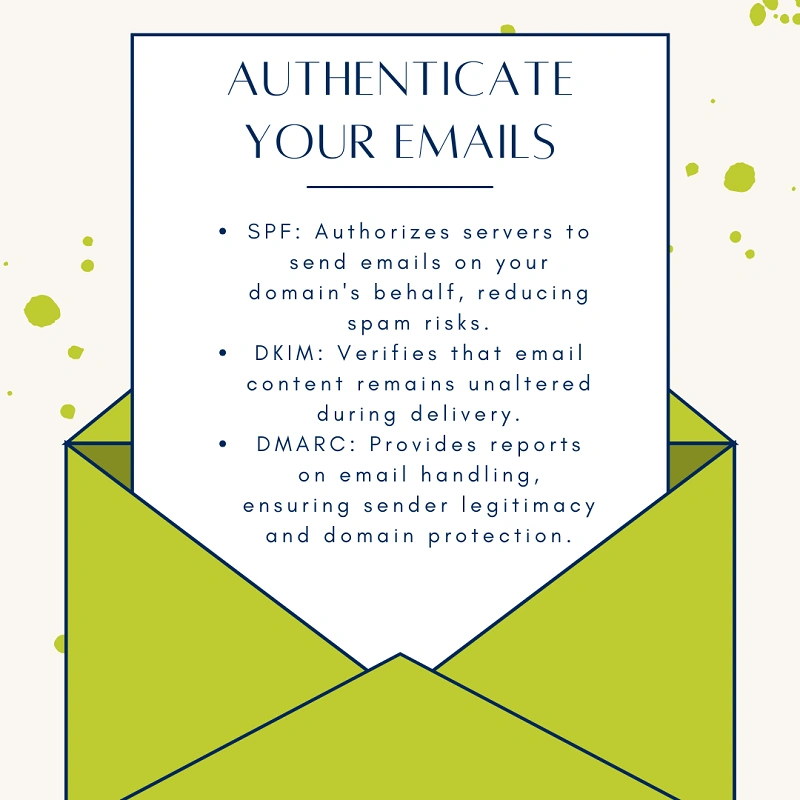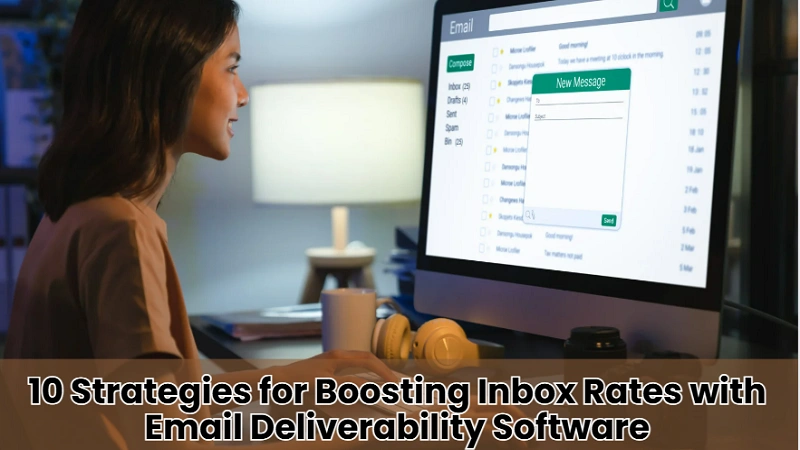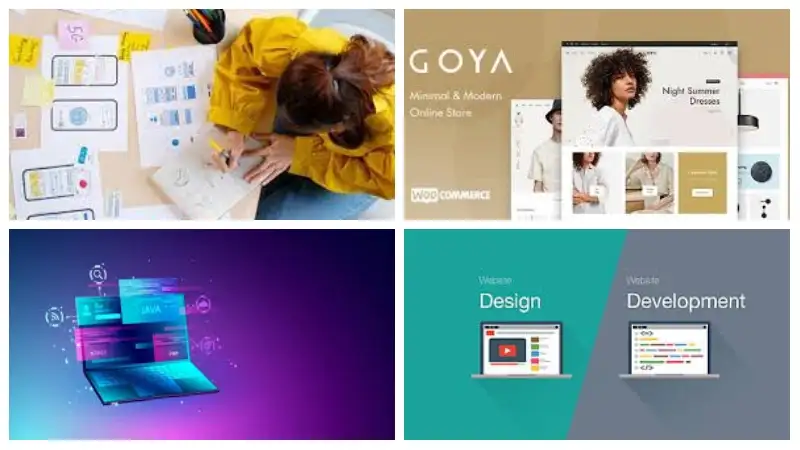Email marketing campaigns can be tricky. Spam filters, incorrect addresses, and low engaingment may impede communications and reduce their impact.
Email delivery software provides an answer to this challenge. Employing smart strategies and modern tools allows users to dramatically increase the number of emails received while also making email marketing more efficient.
1. Improve List Hygiene
Maintaining an updated list of email addresses is key to maintaining high inbox rates. Over time, emails may become invalid due to domain name changes, abandoned accounts, or typos during registration; sending emails to these invalid addresses could result in bounced mail and damage your reputation as a sender.
Maintaining your list regularly will reduce delivery failures and ensure its integrity. Use email deliverability software to identify invalid addresses and remove them; revive inactive subscribers with targeted emails sent specifically to those waiting months for an email from you.
2. Authenticate Your Emails

Trust for email service providers (ESPs) can only be established once email authentication has taken place. Without proper protocols like SPF, DKIM, and DMARC authentication protocols, emails sent could end up in spam or, worse yet, be marked suspicious by security systems.
SPF allows only authorized servers to send email on your behalf. At the same time, DKIM verifies that your messages remain undamaged during transit, and DMARC generates detailed reports on how your emails are treated on servers used by recipients.
These steps establish credibility as a sender and protect your domain against fraudulent actors who attempt to forge it. While setting protocols can be complicated, email delivery tools simplify the process by ensuring messages reach their intended destinations on time.
3. Use Segmentation Wisely
Audience segmentation allows you to send tailored, appealing messages directly to members of your mailing list, making your emails more likely to be opened by those interested in the subject matter.
For example, you could group customers based on factors like location, age, purchase habits, or various forms of involvement. Send out offers to larger customers while sending re-engagement emails to those with whom you have had no prior contact.
Content that is both relevant and valuable enhances subscriber experiences while simultaneously signaling to email service providers (ESPs) that your emails deserve a high rate of deliverability. Email delivery tools typically feature advanced segmentation options to make personalizing emails simpler.
4. Create Compelling Subject Lines
Subject lines are the first thing people see and could determine the success of your email campaign. People decide to read an email based on its contents; writing captivating and relevant subject lines can increase open rates significantly.
Be sure that the subject lines of your emails are both short and engaging, avoiding words like “free,” “urgent,” or excessive exclamation points. Use personalization, including the recipient’s name or address, so your message seems more pertinent.
Testing different subject lines with A/B testing will give you valuable insight into which ones resonate with your target audience. A carefully crafted subject line not only improves open rates but also builds trust with customers.
5. Optimize Email Content
Your email content can help ensure it lands in the inbox, not the junk folder. ESPs consider factors like text-to-image ratio and suspected links when assessing the authenticity of an email sent through their service.
Choose a simple, clean layout that’s cross-device compatible without too many images or hyperlinks that could trigger spam filters. Provide clear directions on the next steps for the reader to take action.
Ensure you’re sending correctly formatted emails containing no broken links to increase credibility and participation in your project. Delivering consistently high-quality content builds credibility while encouraging more people to join.
6. Monitor Engagement Rates
Engagement with emails is an integral component of choosing an ESP as your mailbox provider. A high rate of clicks, opens, and responses indicates the quality of content created; low engagement may damage the sender’s reputation and increase the risk of being sent to spammers.
Monitor engagement metrics regularly to measure performance. If clicks or open rates decrease, analyze why this may have happened – maybe more relevant content needs to be produced, or the frequency of emails may need to change.
Email deliverability software offers comprehensive analytics that helps identify areas for improvement. An engaged audience is more likely to take action on your emails and can also increase delivery rates.
7. Avoid Spam Traps
Spam traps are email addresses specifically created to detect senders with poor list hygiene, and emails sent to these addresses could damage your reputation and lead to being blocked.
Staying ahead of spammers means keeping an active, active, and growing opt-in subscription list. Avoid purchasing email lists, as many are no longer valid or obsolete. Use email deliverability tools to identify potential spam-related traps. Keeping a clean and responsible approach when collecting addresses may help avoid these pitfalls.
8. Test Before Sending
Before sending out emails to all your contacts, performing tests to ensure they will be delivered successfully is a wise idea. Email delivery software often includes tools to detect potential issues with messages, such as spam score, content format quality, format quality, quality, and how well they look on mobile devices.
Identification and correction of issues that could compromise email delivery can be done. For instance, if an initial test reveals that your subject line triggers spam filters to reject or alter it you can make necessary modifications before sending out your message and ensuring its successful delivery.
9. Mobile Compatibility
As more people access emails on mobile phones and are on the move, creating emails with mobile-friendly layouts is increasingly crucial. Emails that do not display properly on smaller screen sizes risk being deleted without ever being read – decreasing engagement levels significantly.
Consider responsive design when creating emails for different screen sizes to provide easy navigation and CTAs that are clear and clickable. Testing on different devices before sending will guarantee an unrivaled user experience; optimized mobile emails will increase engagement while increasing delivery capabilities.
10. Maintain Consistent Sending Practices
ESPs favor consistent patterns of sending. Any inconsistent behavior could be taken as suspicious as this could contain large-scale emails that could compromise your reputation.
If your email list is expanding rapidly, it is wise to gradually increase the volume of mail you send, overloading ESPs and creating too much clutter for subscribers to handle. Establish a regular sending schedule that meets subscriber preferences; regular emails build trust among your audience and improve quality and customer satisfaction.
Conclusion
Email marketing requires careful consideration of every detail and the correct tools to increase inbox rates. Email delivery software provides tools to combat common challenges associated with sending out emails – from managing lists efficiently and cleaning them out to reviewing emails before being sent out.
Utilize these strategies to increase the effectiveness of your delivery, engage your customers more effectively, and meet email marketing objectives. With hard work and meticulous care in ensuring delivery to those intended, your messages will reach their recipients without failure and leave an impressive first impression.




